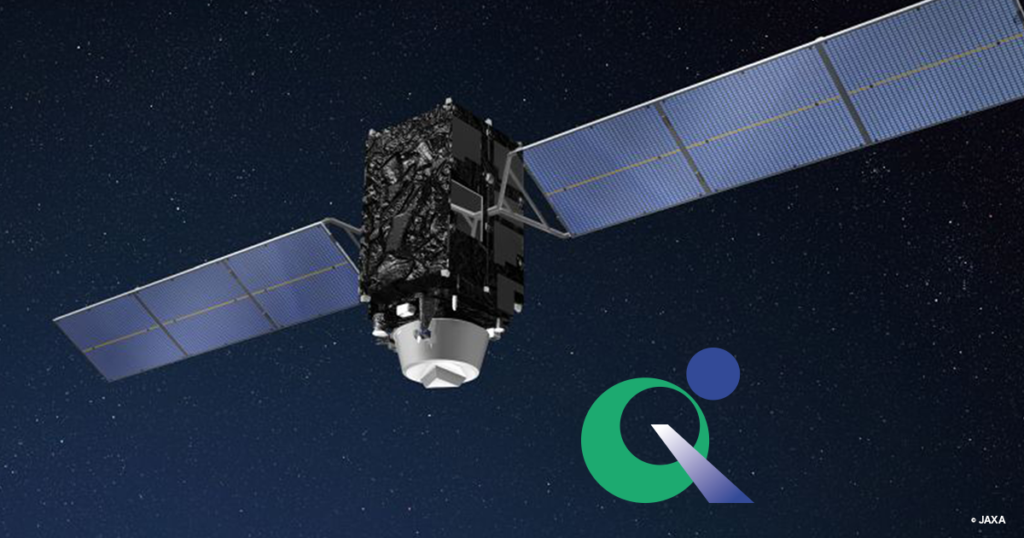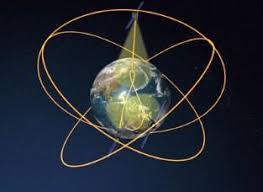
Japan’s QZSS satellite
WASHINGTON: For the first time, the Air Force’s 2021 budget request includes funds to begin development of space monitoring payloads to be carried on Japan’s version of the US GPS satellites. The “pacesetter” effort is designed to pave the way for possible future programs with other allies to improve tracking of adversary satellites and dangerous space junk.
The effort, believed to be the first time the United States military has paid for a payload to be carried on another country’s satellite, will equip Japan’s Quasi-Zenith Satellite System (QZSS) with payloads that enhance “Geostationary Earth Orbit (GEO) Space Situational Awareness capabilities over the Eurasian theater and facilitates resilient capabilities in the Space Surveillance Network (SSN),” Air Force 2021 budget documents show.
The SSN is a network of radar, telescopes and on-orbit sensors used to detect and track both working satellites and dangerous space junk. It’s managed by the 18th Space Control Squadron at Vandenberg AFB that now reports to the Space Force.
The US has been trying for many years to figure out ways to enhance space situational awareness (SSA) by integrating allied and commercial sensors into the network, with a keen eye on countries in the Southern Hemisphere where the SSN has the fewest assets. National security space experts fret that new maneuverable Russian and Chinese satellites might use blind spots in the network to undertake nefarious activities, such as releasing tiny, hard-to-spot sub-satellites equipped with jammers or other anti-satellite (ASAT) capabilities.
The Obama Administration further was pushing DoD to explore hosted payloads both on allied and commercial satellites, but not much came of the effort. Back at the 2018 Space Symposium, then-Air Force Secretary Heather Wilson revived the call for hosting payloads on allied satellites citing the benefits of “complicating” an adversary’s judgement of the benefits of an ASAT attack.

Japan’s 4 QZSS satellites would provide US hosted payloads a view of space above the Eurasian theater.
For its part, Japan has been been working to improve its own space monitoring capabilities, as it has grown more concerned about Chinese space activities as well as about the enormous growth in the number of satellites and pieces of debris.
There are now some 2,200 working satellites in orbit, according to the Union of Concerned Scientists’ Satellite Database. The European Space Agency calculates that, as of January 2019, there were about 34,000 pieces of space debris bigger than a baseball (10cm in diameter) and some 900,000 smaller pieces (between 1cm and 10cm) that are still large enough to cause serious damage to a satellite.
As Breaking D readers know, the US and Japan agreed to the hosted payload program as part of a broader set of agreements, both unclassified and classified, on sharing SSA data. Indeed, Gen. Jay Raymond, now Space Force head (and US Space Command), said at the time that he would be interested in future agreements about sharing data from Japan’s new deep space radar, expected to be operational by 2022.
Funding for the two QZSS Hosted Payloads is lumped into a basket of Space Force programs called “Space Systems Prototype Transitions (SSPT)” found in the budget justification documents under PE 1206427SF. The Air Force has requested a total of $142.8 in 2021 for that program element, which also includes efforts such as support for the Defense Advanced Research Projects Agency’s Blackjack program.
The five-year budget does not directly break out funds for the QZSS Hosted Payload program beyond 2021, but the justification documents include a table that cites $3.1 million for development plus $8.9 million in launch support activities for 2021. Another chart shows development of the payloads beginning in the first quarter of fiscal 2021, wrapping up in the third quarter of 2022. Launch support activities also begin in 2021 and run through 2025.
Under the program, the Space Force will design, develop and test two new space situational awareness (SSA) sensors and accompanying interface units to allow each of them to attach to its Japanese satellite host. The service will also assist with testing once the US-equipped QZSS satellites are integrated with their launch vehicles, the budget documents explain.
Japan’s QZSS constellation became operational in 2018 and includes four satellites providing positioning, navigation and timing (PNT) signals to users in Asia. One satellite is in Geostationary Orbit (GEO) and three are in highly elliptical orbits. The US SSA payloads would hit orbit in 2023, as Japan replaces its current constellation and expands it to seven satellites.
Norway’s top officer on his ‘biggest challenge,’ next frigate and new NATO neighbors
Gen. Eirik Kristoffersen, Norway’s Chief of Defense, talks to Breaking Defense about his plans for spending on new frigates and subs, the challenges of upgrading Norway’s “digital backbone” and refilling the military’s stocks.


























